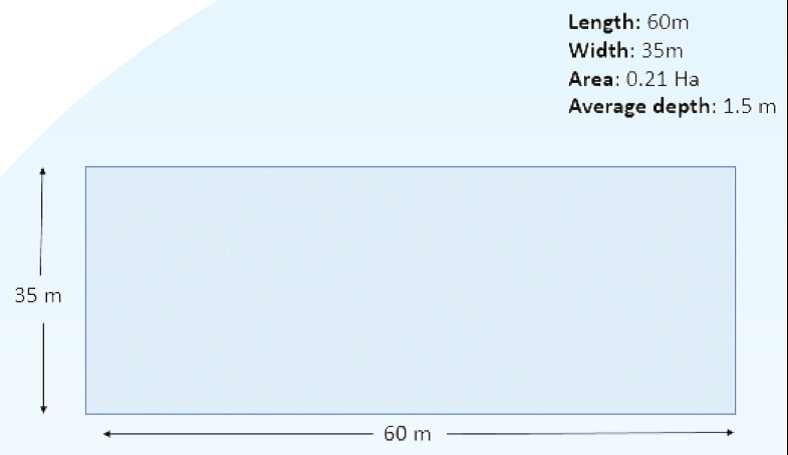Murrel Culture in Ponds
Murrel Culture in Ponds
Introduction
Freshwater aquaculture is an economy generating and rural development tool. Murrel is considered to be the most economical freshwater fish species which can be cultured. They belong to the family “Channidae” and is also called as snake-head fish. Murrel is one of the indigenous air breathing fish; there is a suprabranchial accessory respiratory organ in the murrel head. It can even survive in lower dissolved oxygen levels. This fish is identified by its dark brown colour with light black stripes over the body.
Murrel fish is one of the popular freshwater and tasty fish in India. The fish has a lot of regional preferences. While it is the State fish of Telangana, people prefer murrel over any other fishes in many States like Andhra Pradesh, Tamil Nadu, Punjab, Haryana and Bihar and North Eastern Region. Andhra Pradesh is the second largest fish farming region in the country with 0.8 million hectares of inland water bodies producing 1.24 MT annually. Murrel is predatory inhabit and feed on variety of fauna present in the water. However, the high demand and high market value and their capacity to withstand in adverse weather conditions make them suitable candidate species for aquaculture. The most important aquaculture species of murrel in India is the striped murrel (Channa striatus), the great snakehead murrel (Channa marulius) and the spotted snakehead (Channa punctatus). The culture technology is standardized for striped murrel. Murrel has high demand and high market value in India. It has a huge potential for murrel culture in freshwater areas when it is cultured with best management practises.
Local names of murrel fish in India
Murrai (Hindi), Korameenu, Koramatta (Telugu), Viral meen (Tamil), Korava, Vatton, Varal (Malayalam), Cheng, Shol (Bengali), Maral (Marathi), Hal (Assamese) and Gadisha (Oriya).
Salient features
- High value food fish in India and can be marketed in live condition
- Murrel culture can be done in small backyard, shallow or community ponds
- Value added products like fillets, pickle, curry etc. have high demand
Layout of the Pond

Grow out
Pond should be constructed in a place having good quality water. Pond size of 0.1-0.2 Ha is ideal for grow-out of striped murrel, with a water depth of 1 to 1.5m. Lining can be given to the pond bottom and the dyke in order to prevent the seepage of water. For grow out culture, the advisable stocking size is 5-8 cm or more with a stocking density of 10000/ha. The expected growth in a year is 600-700gm over a period of 8-10 months.
Water Temperature
For better growth of the fish and to improve the feed conversion efficiency, it is advisable to control the water temperature. Since murrel is air breathing fishes, they can survive in less dissolved oxygen level.
Seed
Weaned fingerlings of equal size 5-8 cm or more can be stocked in pond. Seed suppliers/farms are available in Telangana, who can provide quality weaned seed for rearing in the captive condition.
Feed requirement
As murrel are carnivorous, good quality protein rich pellets can be given to the weaned fish. Feeding can be done at the rate 5% of the body weight of fish during the initial period and 2-3 % during the later stage of culture.
Good quality feed for murrel is available in the local market with high protein level
Harvesting of fish
Harvesting can be done when the fish reaches to a size of 600-700 gm. Fishing nets can be used for the collection of fish from ponds.
Marketing
Murrel fish demand is very high in the market and can be sold in open markets at Rs.400-500 per kg. Consumer preferences, lucrative market value and their ability to withstand adverse water conditions make them suitable candidate species for freshwater aquaculture. It can be sold in live fish markets and hence it increases the interest among the customers.
For More Information Click Here
Source : National Fisheries Development Board
Last Modified : 6/30/2023
